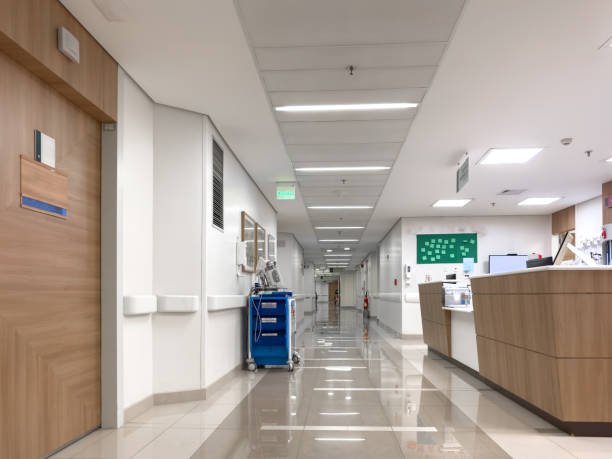Designing a healthcare facility in South Africa is not just an architectural challenge but also a matter of public safety and welfare. As the country grapples with a variety of health challenges, from infectious diseases to an increasing need for maternal care, the design of healthcare facilities plays a crucial role. This article will explore the key guidelines for healthcare facility design in South Africa, as established by various governmental and healthcare authorities.
Legal Framework
Healthcare facilities in South Africa must adhere to a legal framework that includes the National Building Regulations, Occupational Health and Safety Act, and guidelines issued by the Department of Health.
Healthcare Facility Design Guidelines in South Africa
1. Patient-Centered Design
The facility should be designed with the patient’s comfort and ease of access in mind. This includes considerations like private rooms, calming atmospheres, and easy navigation.
2. Infection Control
Given the prevalence of infectious diseases, design elements should aim for easy sterilization, good ventilation, and isolation rooms. High-touch surfaces should be made from materials that are easy to disinfect.
3. Flexibility and Scalability
The design must allow for easy modifications and expansions to adapt to emerging healthcare challenges and technologies.
4. Accessibility
All facilities should be designed in line with the principles of universal design, ensuring that they are accessible to all individuals, including those with disabilities.
5. Sustainability
With an increased focus on sustainable development, healthcare facilities are advised to incorporate energy-efficient designs, renewable energy sources, and water-saving technologies.
6. Safety Measures
Designs must incorporate safety features like fire exits, emergency alarms, and backup generators.
Special Considerations for South Africa
- Community Involvement: Given the social disparities in South Africa, community involvement in the design process can help to ensure that the facility meets local needs.
- Cultural Sensitivity: Design elements should reflect and respect the diverse cultures present in the country.
- Technology Integration: Given the digital health revolution, the design must allow for the seamless integration of technology, including telehealth facilities and electronic health records.
Required Approvals
Plans for healthcare facilities must receive approval from:
- Local Municipal Council for adherence to zoning laws and building regulations.
- National Department of Health for compliance with healthcare regulations.
- Board of Healthcare Funders if the facility will be receiving medical aid payments.
Conclusion
Designing a healthcare facility in South Africa involves a comprehensive understanding of both the country’s unique healthcare challenges and global best practices. Adhering to these design guidelines ensures not only compliance with regulatory requirements but also the creation of a facility best equipped to serve the community’s healthcare needs. As healthcare demands evolve, so too should the design strategies employed, making flexibility, sustainability, and patient-centeredness key considerations for any new facility.

